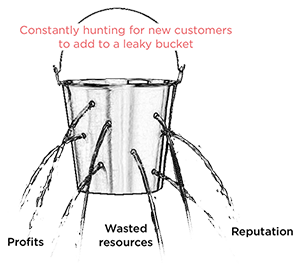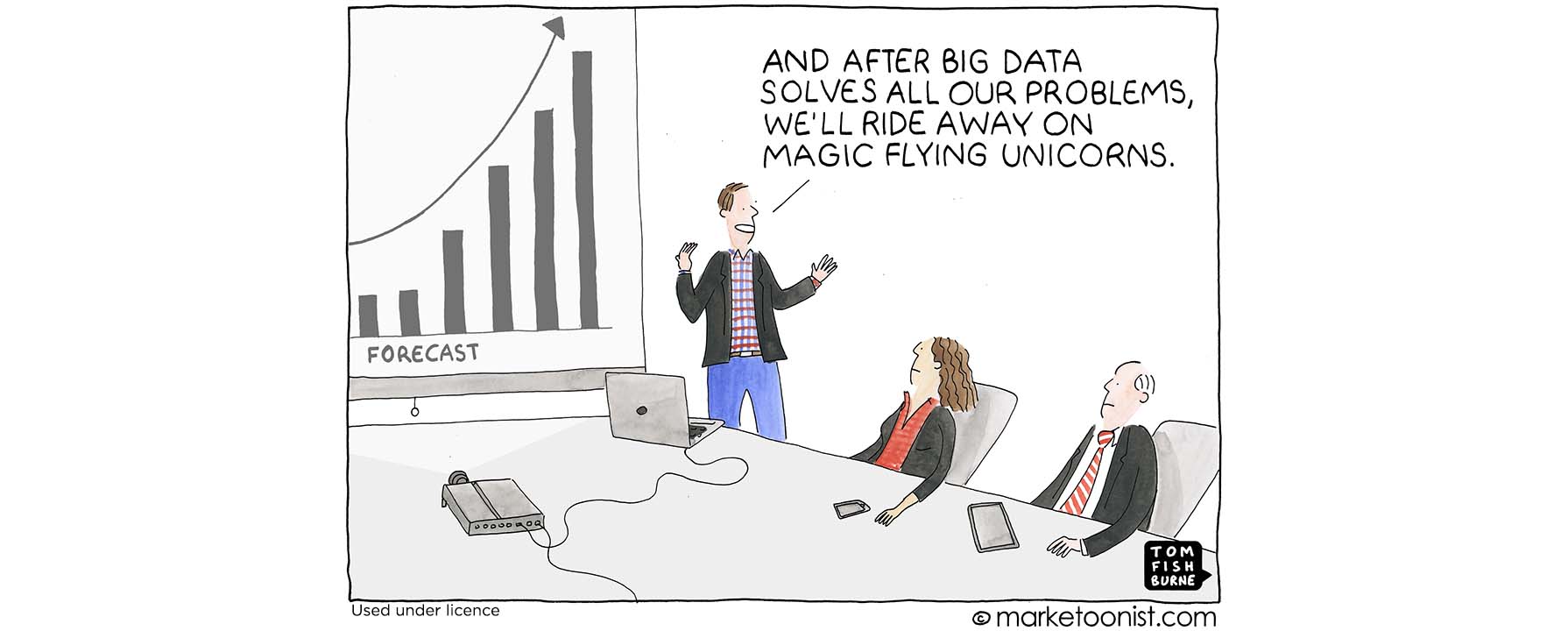Happy customers are cheaper to service, less price sensitive and less likely to churn. Customer happiness goes beyond customer satisfaction by creating an emotional connection with a brand’s products and services. The challenge lies in understanding what makes customers happy and how much value this brings to the business?
Most organisations have developed extensive surveys and tools to analyse and assess customer satisfaction. CSAT and NPS provide time tested metrics for assessing satisfaction from customers willing to participate in a survey. CSAT surveys typically ask customers to rate experiences by the following criteria:
- Very satisfied
- Somewhat satisfied
- Neutral
- Somewhat dissatisfied
- Very dissatisfied
But customer happiness is very different to customer satisfaction. The ability to define and measure happiness is far more challenging, though the potential benefits far exceed the benefits gained from customers who are merely satisfied.
The difference between satisfaction and happiness
Customer satisfaction implies that customers feel ok about their experiences with a brand. It’s an emotionally neutral state where customers’ expectations are being met. Satisfaction does not mean there is an emotional connection with the brand or its products and services
An article from Gallup highlights how satisfying customers without creating an emotional connection has no real value. For satisfaction without an emotional connection has no impact on loyalty or churn reduction. A customer may be satisfied with the last interaction they had with a company but would readily switch to a competitor for a better deal.
Creating an emotional connection
Cliff Condon from Forrester comments, “If brands want to break away from the pack and become CX leaders, they must focus on emotion. Best-in-class brands average 17 emotionally positive experiences for every negative experience, while the lowest-performing brands provided only two emotionally positive experiences for each negative one. Emotion is critical to a brand’s bottom line.”
To establish an emotional connection between a customer and the brand, means designing customer experiences that tap into emotional motivators such as a desire to feel a sense of belonging, to succeed in life, or to feel secure. So customers are not just satisfied with a transaction or an experience, but that sense of satisfaction is matched with a deeper emotional connection.
The benefits
It’s happiness not satisfaction that drives customer loyalty and engagement as well as the propensity for customers to recommend the brand to others. Research published in HBR demonstrates that emotionally connected customers are more than twice as valuable as very satisfied customers.
Emotionally connected customers will buy more products and services, be less price sensitive and recommend the brand and its products to others. In 2018 research from Adobe found repeat customers:
- Are buying nearly 30% more items per order than first-time shoppers
- Are 9 times more likely to convert than first-time shoppers
- Generated three to seven times more revenue per visit
Other statistics include:
- A 5% increase in customer retention correlates with at least a 25% increase in profit (Bain & Company)
- Customers with an emotional relationship with a brand have a 306% higher lifetime value and will recommend the company at a rate of 71%, rather than the average rate of 45%. (Motista).
The statistics are compelling. Maximising customer happiness is a powerful means for maximising customer value.







